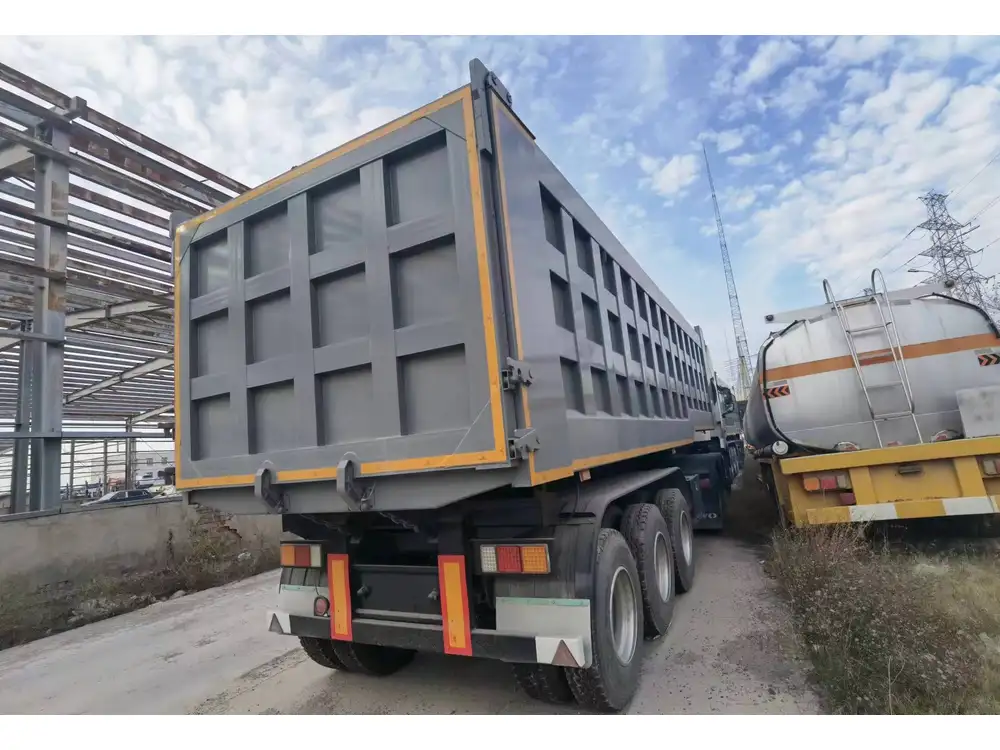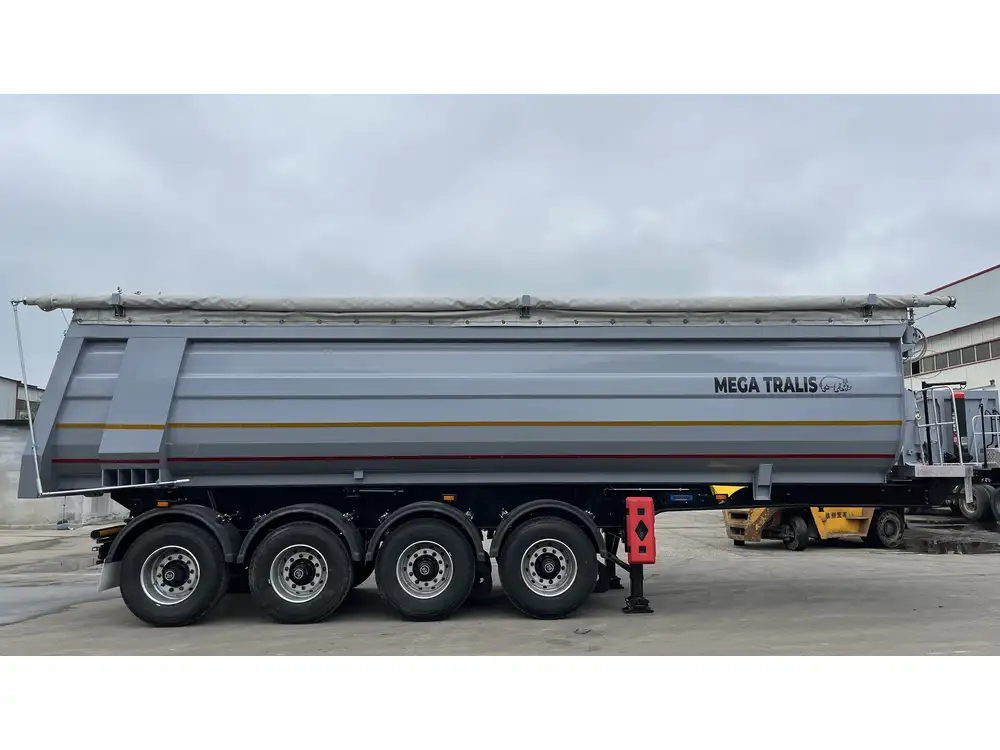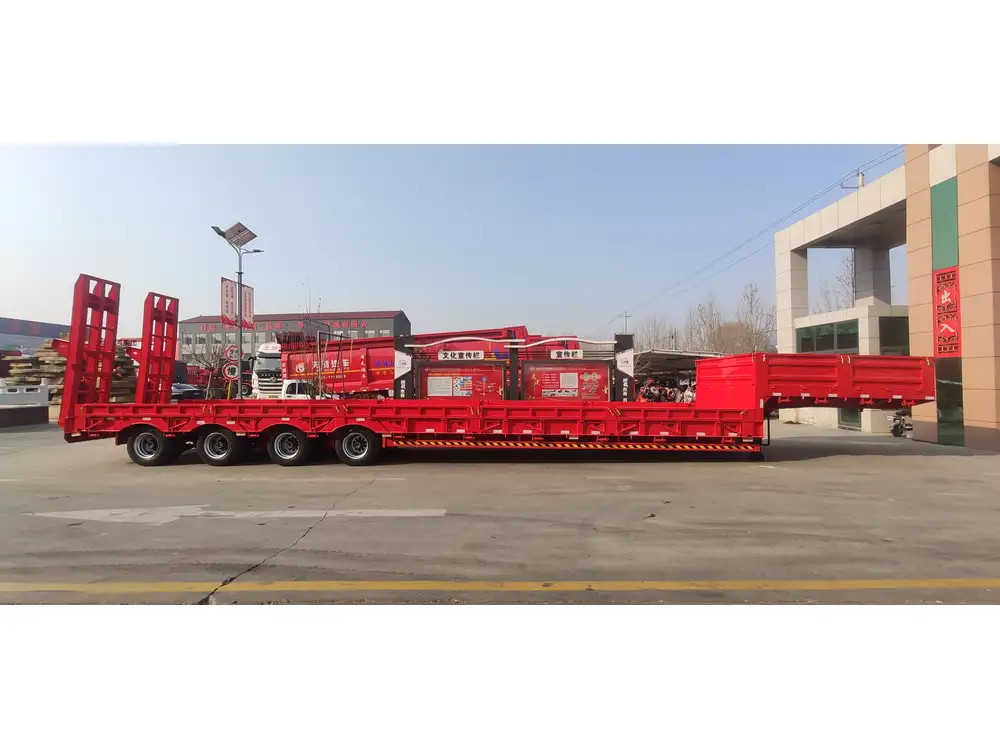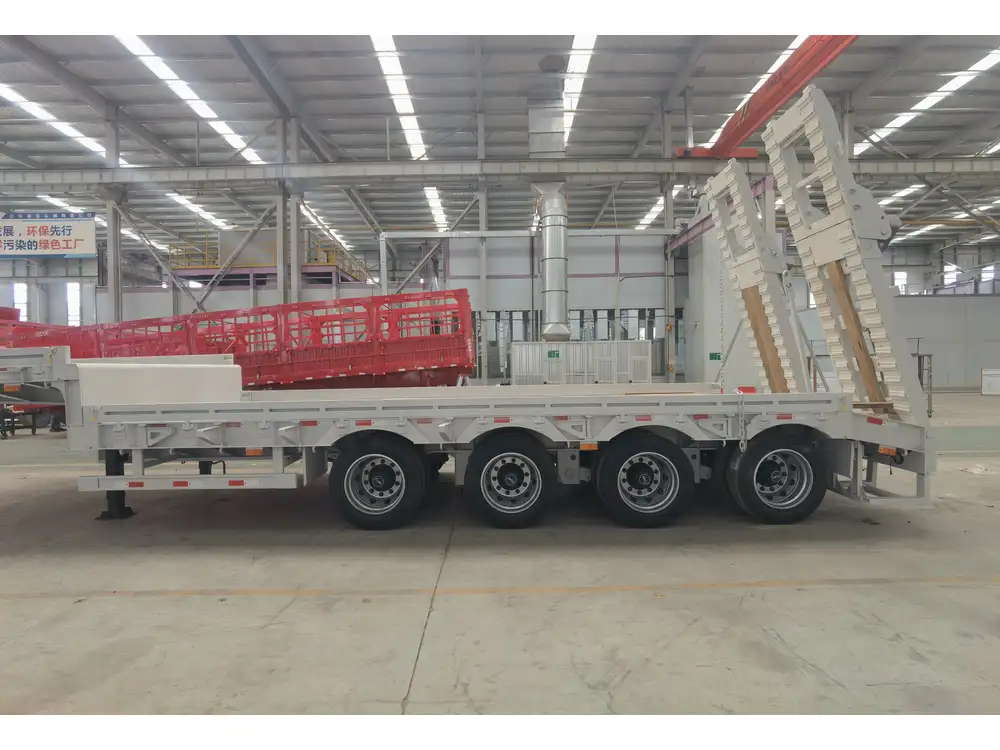Owning a semi-trailer can yield substantial financial returns if one makes informed decisions on how to leverage this asset. Whether you’re an independent owner-operator, a logistics business, or someone considering the purchase of a semi-trailer, understanding various monetization strategies is crucial. Here, we delve into multiple avenues through which you can generate income from your semi-trailer.
Understanding the Semi-Trailer Market
Before diving into monetization strategies, it’s imperative to grasp the overall landscape of the semi-trailer market. The demand for transportation services has surged in recent years, fueled by the growth of e-commerce and supply chain reforms. According to the American Trucking Association, around 71% of freight tonnage is moved by trucks. This statistic presents an opportunity for semi-trailer owners to tap into a thriving market.
The Role of a Semi-Trailer
A semi-trailer is a type of trailer that has no front axle, typically towed by a semi-truck. These trailers facilitate the transportation of goods across diverse sectors, including:
| Sector | Description |
|---|---|
| Manufacturing | Transporting raw materials to factories |
| Retail | Ensuring merchandise reaches retail outlets |
| Construction | Moving heavy equipment and supplies |
| Food & Beverage | Delivering products to grocery stores and restaurants |
Considering these sectors allows you to identify lucrative markets based on the goods you may wish to transport.

Monetization Strategies
1. Owner-Operator Model
One of the most straightforward ways to monetize a semi-trailer is by operating as an owner-operator. In this model, you both own and drive your truck, allowing for direct revenue generation through freight hauling.
- Pros: Higher earnings potential, control over business decisions, and the freedom of choosing loads.
- Cons: Elevated operating costs, responsibility for maintenance, and potential income variability.
Estimated Earnings: Owner-operators can earn between $100,000 and $200,000 annually, depending on mileage, contracts, and expenses.
2. Freight Brokerage
If driving is not your preference, consider establishing a freight brokerage. This involves acting as a middleman between cargo owners and trucking companies.
- Pros: Minimal overhead, potential for substantial commissions (usually 10-20% per load).
- Cons: Requires excellent negotiation skills and a solid understanding of logistics.
Start-up Tips:
- Develop relationships with shippers and carriers.
- Utilize digital platforms for load boards.
- Invest in transportation management software.

3. Leasing Your Semi-Trailer
If you are not utilizing your semi-trailer full-time, leasing it out can be a lucrative option. This strategy allows other operators to use your equipment while you collect rental fees.
Types of Leasing:
- Short-term leasing: For seasonal businesses or unexpected demand surges.
- Long-term leasing: For companies needing dedicated capacity without the upfront costs of purchasing equipment.
Financial Projection:
- Short-term rental rates can range from $200 to $900 per day, depending on the trailer type and market demand.
4. Load Board Utilization
Utilizing load boards specifically designed for carriers can maximize earnings. These platforms connect truckers with available loads in real-time, providing flexibility and access to diverse freight opportunities.

Benefits of Load Boards:
- Access to a vast network of shippers.
- Increased visibility of your available truck and trailer.
- Ability to negotiate rates based on market trends.
Popular Load Boards:
- DAT Load Board
- TruckStop.com
- 123Loadboard
5. Diversifying Services
Broadening service offerings can attract more clients and increase revenue. Here are multiple avenues to explore:
Specialized Transport Services
- Refrigerated Transport: Ideal for food and medical goods, requiring a reefer trailer.
- Hazardous Material Transport: Requires specific certifications and can command higher rates.
- Heavy Haul Transport: Moving oversized loads, often with specialized equipment.
| Service Type | Target Market | Potential Rate per Mile |
|---|---|---|
| Refrigerated Transport | Food distributors, supermarkets | $2.00 – $4.00 |
| Hazardous Material Transport | Chemical manufacturers | $2.50 – $4.50 |
| Heavy Haul Transport | Construction, mining companies | $3.00 – $6.00 |

6. Expanding Geographic Reach
Extending operations beyond your immediate locality can open doors to new contracts and revenue streams. Factors to consider include:
- Regional Demand: Identify regions with a burgeoning demand for freight.
- Regulatory Requirements: Understand local regulations for interstate transportation to ensure compliance.
Tips:
- Stay updated on state transportation laws and interstate requirements.
- Build a rapport with regional shippers for consistent work.
7. Establishing a Logistics Company
If you have a strategic vision and the resources, founding a logistics business can leverage your semi-trailer assets fully. This model entails not only owning the trailer but managing a fleet and offering comprehensive logistics solutions.
- Pros: Higher profit margins, opportunity to scale business.
- Cons: Extensive management responsibilities, higher initial investment.
Key Considerations:
- Assess market competition and establish a unique selling proposition.
- Invest in technology for tracking and optimization (GPS, TMS).
8. Offering Storage Options
If your business premises allow it, offering storage for goods can yield additional revenue. Many shippers are looking for short-term storage solutions, especially in times of high demand.

Storage Solutions:
- Dry Storage: For goods that do not require climate control.
- Climate-Controlled Storage: Ideal for perishable items, electronics, etc.
9. Maintenance and Repairs Service
Leverage your expertise in semi-trailers by providing maintenance and repair services to other owners and operators. As a manufacturer, this could represent an extension of your business operations.
- Pros: Utilizes your existing knowledge and equipment, recurring customers.
- Cons: Requires skilled labor and adequate facilities.
Cost Management for Profitability
While generating revenue is crucial, managing costs is equally important. Here are some vital areas to monitor:
| Cost Factor | Management Strategies |
|---|---|
| Fuel | Implement fuel-efficient practices and consider fuel cards. |
| Maintenance | Schedule regular maintenance to prevent costly repairs. |
| Insurance | Shop around for competitive insurance rates based on your operations. |
| Tolls and Taxes | Utilize toll management solutions to minimize expenses. |

Financial Analysis and Forecasting
For sustainable growth, conducting regular financial analysis and maintaining accurate forecasting are imperative. Consider maintaining a spreadsheet or a specialized accounting software to track revenues and expenses meticulously.
Conclusion
Monetizing a semi-trailer offers a wealth of possibilities, dependent on your unique circumstances, expertise, and the investment you are willing to make. From owner-operator modeling to diversifying your services and expanding your reach, each strategy presents its own set of challenges and rewards. By implementing these strategies thoughtfully, you can maximize the profitability of your semi-trailer, creating a resilient business model that thrives in the dynamic logistics landscape. Regularly adapt your strategy as industry trends evolve and always stay informed about the latest market insights to maintain a competitive edge.



